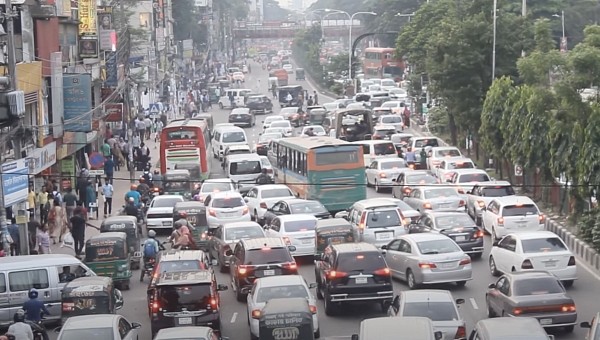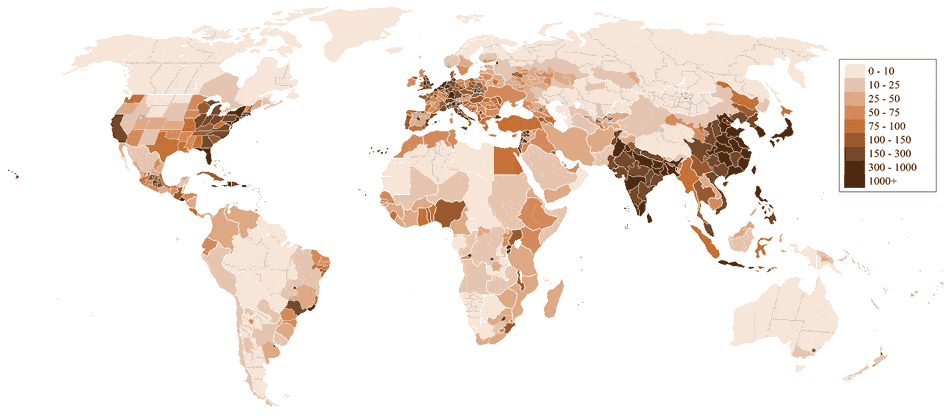Hola people! Back again with me and our beloved topic "Too Many Vehicles" *yeayy (boo!). Honestly I am started to feel bored about this topic, but it is fixed already and i cannot do anything to change it, so.. yeah. Here it comes!

This week Im going to do, or only find and analyze actually, a case study about too many vehicles and anything related to it. Since we are aiming for the solutions of this problem then im looking for the success story in overcoming this problem. In fact it happens here, in Singapore, where the government strictly organize driving and car owning regulations. Having the 3rd largest population density after Macau and Monaco with 7618 persons per kilometer square plus having an adequate purchasing power as one of the first world country, Singapore still able to manage its car flow on the road.

After facing a severe congestion problem in 1970, Singapore came back with a handy solution that is to let car owner pay a huge amount for it. Started with the road pricing known as ERP (Electronic Road Pricing), initially called ALS (Area Licensing System), which located in highly congested area such as business district and force people to pay the particular road used. The pricing range from $0 - $5. It gives road users options to pick the other less crowded road or just use public transportation instead. It also required people to get a Vehicle Unit (IU) for ERP.


Another solution is increasing the car price. The price of new car can reach until hundred thousands SGD, without the additional open market value, import duty, goods and service tax, registration fee, and annual road tax which could doubled or worse, tripled the amount you should pay.

It is so pricey already, not to mention the cumbersome regulation that restricts the quota of COE (Certificate of Entitlement) for the car ownership by conducting an auction twice a month to register it, which valid until 10 years only. After the time, they can re-register their car or buy a new car.
It shows a reduced significant amounts of registered cars after all these rules were implemented, around 1990 until 1993. However then, it increased again especially these few years and i dont think these pricing regulations work that effectively anymore.

So if I reflect on this case, it works because of the price become too high for people to buy, but then when their purchasing power increase the regulations become useless as people doesnt mind the price already. The solutions did work once, but then I dont think it will works anymore. However from this case i learn that it did work because people cannot afford one or can afford but still thinks it is not worth it and I am still struggling on the way to handle this problem.

Finally, that's it for this time, this blog is several days late already HAHA. BYE PEEPS!
REFERENCES :
http://en.wikipedia.org/wiki/List_of_sovereign_states_and_dependent_territories_by_population_density
http://transportpolicy2013.blogspot.sg/2013/04/singapore-traffic-congestion-solution.html
http://sbr.com.sg/economy/commentary/singapore-reveals-3-economic-solutions-traffic-congestion-asian-peers
http://www.tradingeconomics.com/singapore/car-registrations
No comments:
Post a Comment